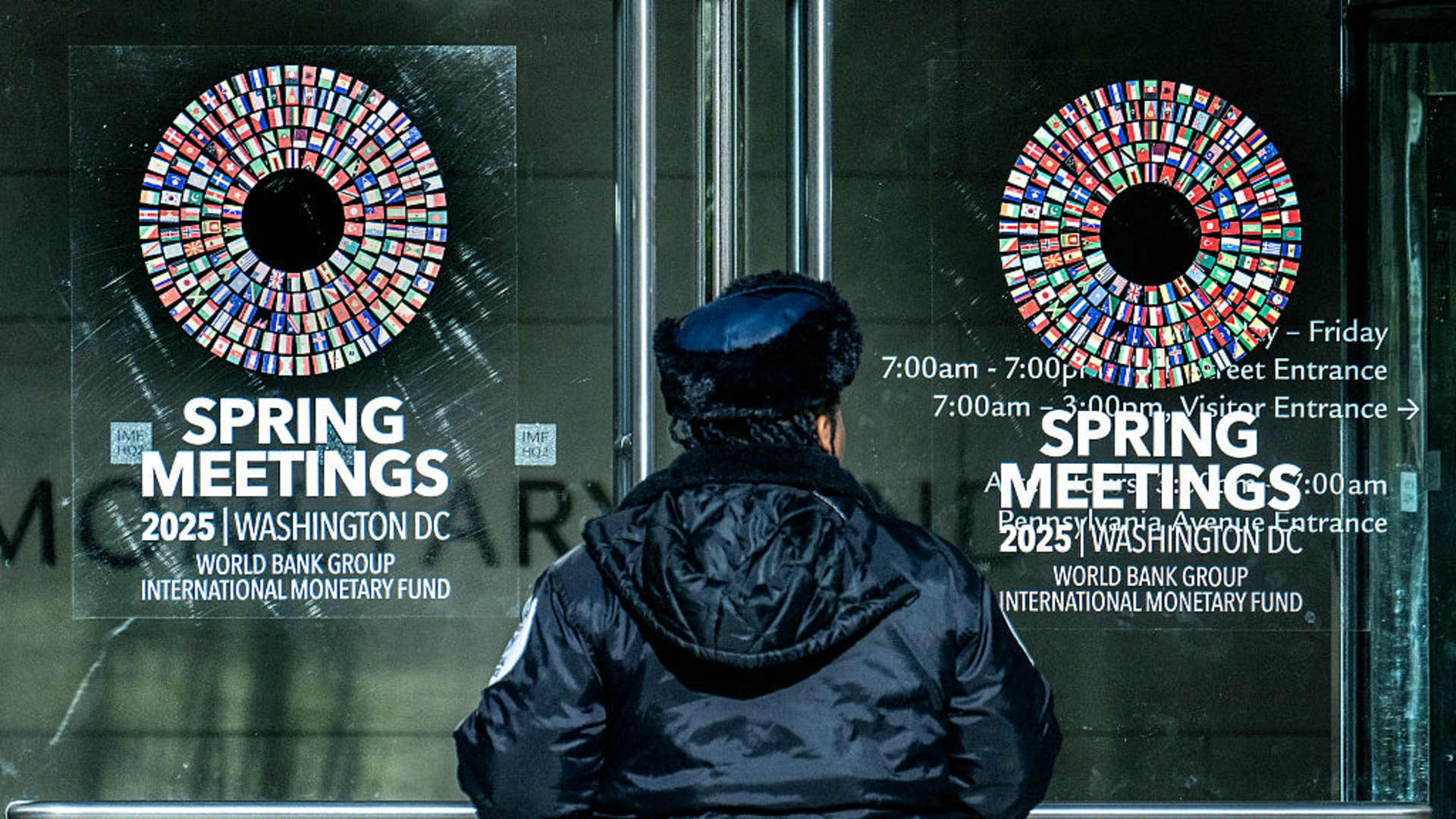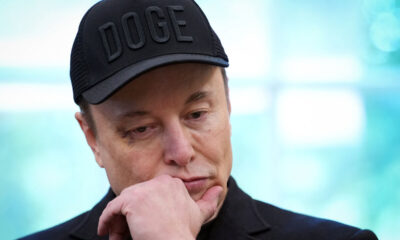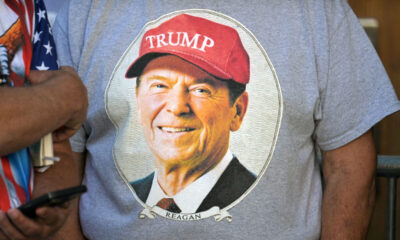The International Monetary Fund forecasts U.S. tariffs will help lower the country’s fiscal deficit a touch in 2025 even as the U.S. growth and inflation outlooks worsen thanks to an intensifying trade war.
The 191-nation’s Fiscal Monitor report released Wednesday projects the U.S.’s overall federal deficit will fall to 6.5% of gross domestic product this year, down from 7.3% in 2024.
The narrower gap between spending and revenue is “contingent on higher tariff revenues,” according to the report.
The level was calculated based on the IMF’s “reference point” forecasts, which account for tariff announcements made as of April 4. This includes the U.S.’s reciprocal tariffs announced on April 2, but excludes subsequent rollouts such as the 90-day pause on higher rates and the exemption on smartphones, semiconductors and other technology goods.
Against this backdrop, the deficit is estimated to fall to 5.6% of GDP in the medium term as revenues rise 0.7%, according to the IMF.
Uncertain revenue
To be sure, the report noted “the magnitude of the tariff revenue increase is highly uncertain.”
One of the caveats to the reduced deficit projection is the degree to which tariffs will put downward pressure on imports into the U.S., itself dependent largely on how consumers respond to higher prices. This varies widely across products, the report noted.
Moreover, “the tariff schedule itself is uncertain and plays a crucial role,” the report continued.
The IMF acknowledged another risk to its forecast: whether tariffs lead to a wider slowdown in economic activity that could lead to a downturn in other segments of tax revenue — such as income tax — that offset higher revenues from tariffs.
“These projections are highly uncertain and do not account for measures under discussion in Congress, under budget reconciliation” negotiations, the fund said.
Yields on the benchmark 10-year Treasury note have surged in recent weeks, last trading near 4.40%, as higher tariffs were announced, inflation forecasts raised and as the dollar declined.
If the total size of U.S. government debt continues to surge, the IMF thinks it will push up longer-term interest rates and the cost of financing the debt.
“Specifically, an increase of 10 percentage points of GDP in U.S. public debt between 2024 and 2029 could lead to a 60-basis-point rise in the 5-year forward to 10-year rate,” the IMF staff wrote. One basis point equals 1/100th of a percent, or 0.01.
Get Your Ticket to Pro LIVE
Join us at the New York Stock Exchange!
Uncertain markets? Gain an edge with CNBC Pro LIVE, an exclusive, inaugural event at the historic New York Stock Exchange. In today’s dynamic financial landscape, access to expert insights is paramount.
As a CNBC Pro subscriber, we invite you to join us for our first exclusive, in-person CNBC Pro LIVE event at the iconic NYSE on Thursday, June 12.
Join interactive Pro clinics led by our Pros Carter Worth, Dan Niles, and Dan Ives, with a special edition of Pro Talks with Tom Lee.
You’ll also get the opportunity to network with CNBC experts, talent and other Pro subscribers during an exciting cocktail hour on the legendary trading floor.
Tickets are limited!

 Blog Post3 days ago
Blog Post3 days ago
 Economics1 week ago
Economics1 week ago
 Personal Finance7 days ago
Personal Finance7 days ago
 Economics7 days ago
Economics7 days ago
 Economics1 week ago
Economics1 week ago
 Accounting7 days ago
Accounting7 days ago
 Personal Finance1 week ago
Personal Finance1 week ago
 Finance7 days ago
Finance7 days ago






















